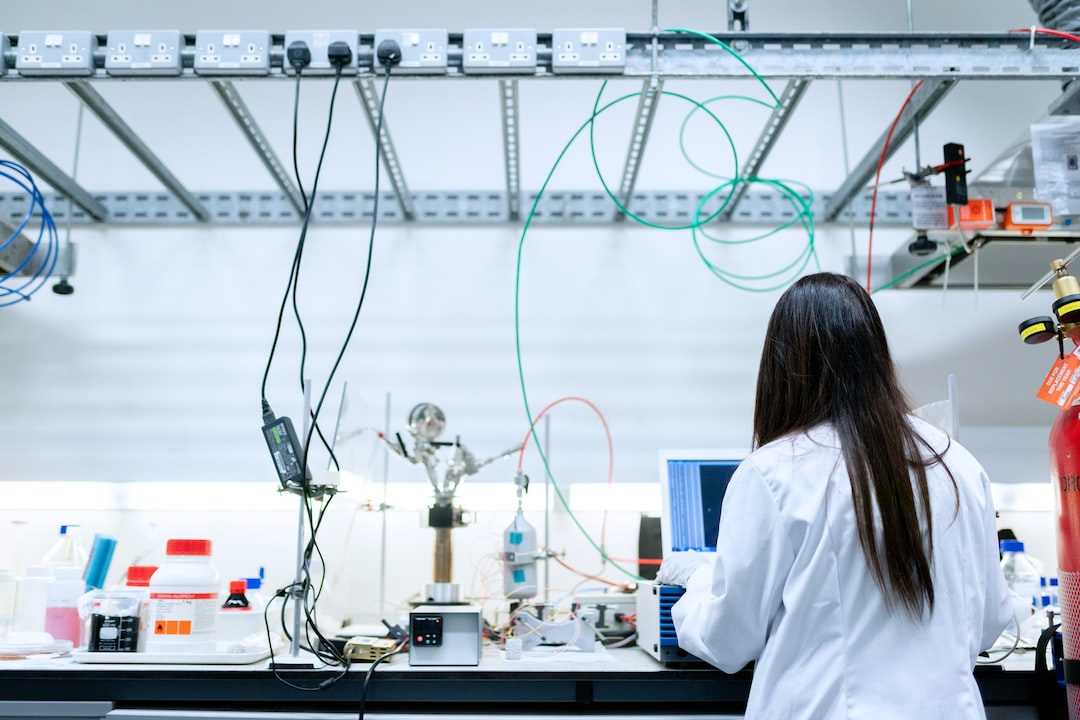The Intersection of Engineering and Medicine: Advancements in Biomedical Technology
Engineering and medicine are two fields that have traditionally operated in separate domains. However, with the rapid advances in technology, these traditionally distinct disciplines are coming together to create the field of biomedical engineering. This multidisciplinary field combines principles of engineering, medicine, biology, and computer science to develop innovative solutions for diagnosing, monitoring, and treating various medical conditions. In this blog post, we will explore some of the groundbreaking advancements in biomedical technology, highlighting the transformative impact they are having on healthcare.
One area where engineering and medicine have intersected is the field of medical imaging. From the first X-ray machines to sophisticated magnetic resonance imaging (MRI) scanners, engineers have played a crucial role in developing imaging technologies that allow healthcare professionals to visualize the human body non-invasively. These imaging techniques have revolutionized diagnostics by enabling detailed examination of internal organs, detection of tumors, assessment of cardiovascular health, and much more. By continuously improving the resolution, speed, and affordability of these imaging modalities, engineers are empowering medical professionals to make more accurate and timely diagnoses, leading to better patient outcomes.
Biomedical engineering has also led to remarkable advancements in prosthetics and orthotics. Engineers have developed cutting-edge technologies, such as advanced robotic limbs and exoskeletons, allowing individuals with limb loss or mobility impairments to regain functionality and independence. These devices incorporate state-of-the-art sensors, artificial intelligence, and advanced control systems to provide natural and intuitive movement. Additionally, advancements in 3D printing have made it possible to create customized, low-cost prosthetics that can be tailored to an individual’s unique needs. These technological advancements have transformed the lives of countless individuals, granting them the ability to perform daily tasks and engage in physical activities that were once impossible.
Implantable medical devices are another area where engineering has made significant contributions to medicine. From pacemakers that regulate heart rhythms to cochlear implants that restore hearing, engineers have developed a wide range of devices that can be safely implanted in the human body to correct or compensate for various medical conditions. These devices often incorporate sensors, actuators, and wireless connectivity to enable continuous monitoring, precise control, and personalized therapy. Additionally, advancements in materials and miniaturization have made these devices smaller, more durable, and less invasive, minimizing the risks associated with implantation procedures. As a result, patients with chronic diseases can now lead long and fulfilling lives, thanks to these engineering marvels.
In recent years, biomedical engineering has experienced a significant surge in the field of tissue engineering and regenerative medicine. These areas seek to develop strategies for repairing or replacing damaged or diseased tissues and organs. Engineers are utilizing innovative approaches, such as 3D bioprinting, where living cells, biomaterials, and signaling molecules are combined to fabricate functional tissues. This technology has the potential to overcome the shortage of organs for transplantation, as well as provide personalized therapies for patients without the risk of rejection. Additionally, researchers are exploring the use of stem cells and gene editing techniques to regenerate damaged tissues and treat genetic disorders. These groundbreaking advancements hold immense promise for the future of medicine, offering hope for patients with currently irreversible conditions.
The field of biomedical engineering is continuously evolving, with new and exciting discoveries being made every day. Engineers and medical professionals are collaborating to tackle some of the most pressing healthcare challenges, combining their expertise to develop innovative solutions. As technology continues to advance, new opportunities will arise, enabling us to address complex medical problems more effectively. With the intersection of engineering and medicine, we can look forward to a future where healthcare is personalized, precise, and accessible to all.
In conclusion, the intersection of engineering and medicine has given rise to the field of biomedical engineering, which is shaping the future of healthcare. Through advancements in medical imaging, prosthetics, implantable devices, and tissue engineering, engineers are revolutionizing medical diagnostics, treatments, and patient care. The blending of engineering and medicine has brought forth remarkable innovations that are improving the lives of individuals around the world. As this interdisciplinary field continues to expand, we can anticipate even more exciting breakthroughs that will further enhance our ability to prevent, diagnose, and treat diseases. Together, engineering and medicine are paving the way to a healthier and brighter future.

